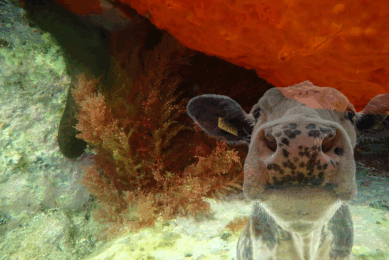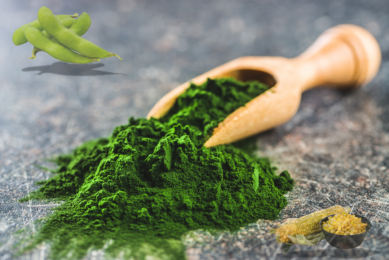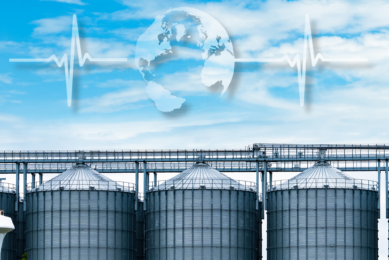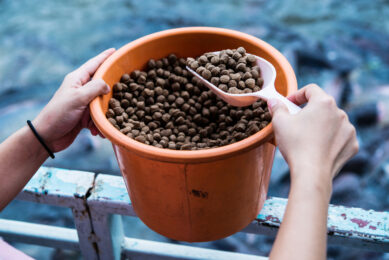Growing microalgae for trout feed using power plant emissions
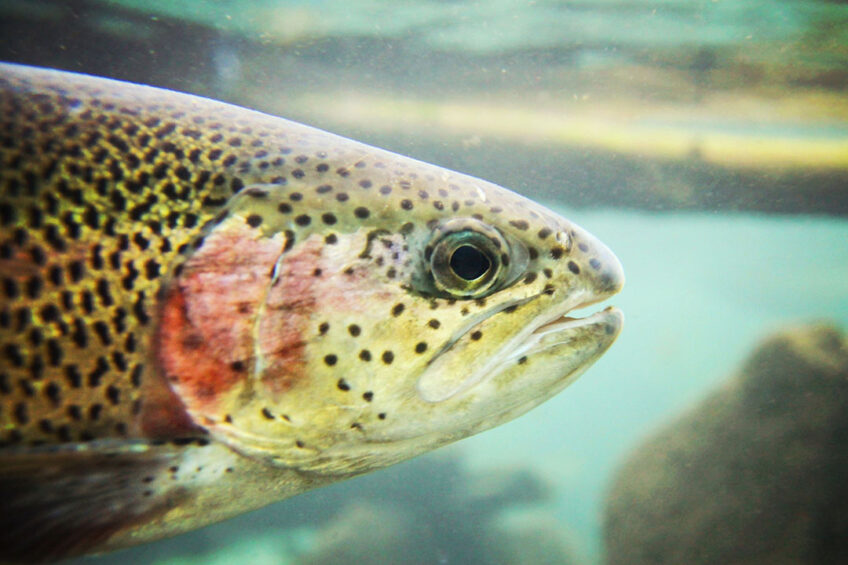
US government funding is being used to test whether growing microalgae using carbon dioxide captured from power plant emissions could be used as an effective aquaculture feed ingredient.
The US$2 million Department of Energy grant, which will support a partnership between the University College Santa Cruz’s ecological aquaculture research team and Global Algae Innovations, will look at whether Spirulina microalgae may help the climate crisis. Spirulina is a source of complete protein with 1 tablespoon (7g) providing 4g of protein as well as a good amount of vitamin B, copper and iron.
Algae can absorb carbon dioxide waste and use it to grow, with the resulting algal biomass then turned into animal feed, biofuels and other products.
Global Algae Innovations will use carbon dioxide captured from flue gas – the exhaust from combustion power plants – to grow and process the Spirulina, while trying to maximise energy and cost efficiency.
Taste and nutrients trial with fish feed
Pallab Sarker, assistant professor of environmental studies at UC Santa Cruz, will test the product to better understand its biochemical characteristics, including nutrients, anti-nutrients, minerals and trace and heavy metals compared to the conventionally grown Spirulina.
Sarker will then add the product to an experimental fish feed formula to see how well rainbow trout can digest the flu gas-grown Spirulina. He will look to see whether they like the taste, and how much of the nutrients they absorb versus excrete in their waste, compared to the conventionally grown versions of the algae.
Dave Hazlebeck, CEO of Global Algae Innovations, said the company had the technology to grow algae inexpensively but needed research backing to change and optimise the biomass: “This is our first long-term, in-depth testing where we are actually trying to grow algae specifically for fish feed, so it has been a joint venture from the beginning.”
If it is successful for rainbow trout, Sarker said Spirulina had the potential to become a sustainable, high-performing alternative source of protein to replace conventional fish feed ingredients like wild caught fish-products or terrestrial crops.




